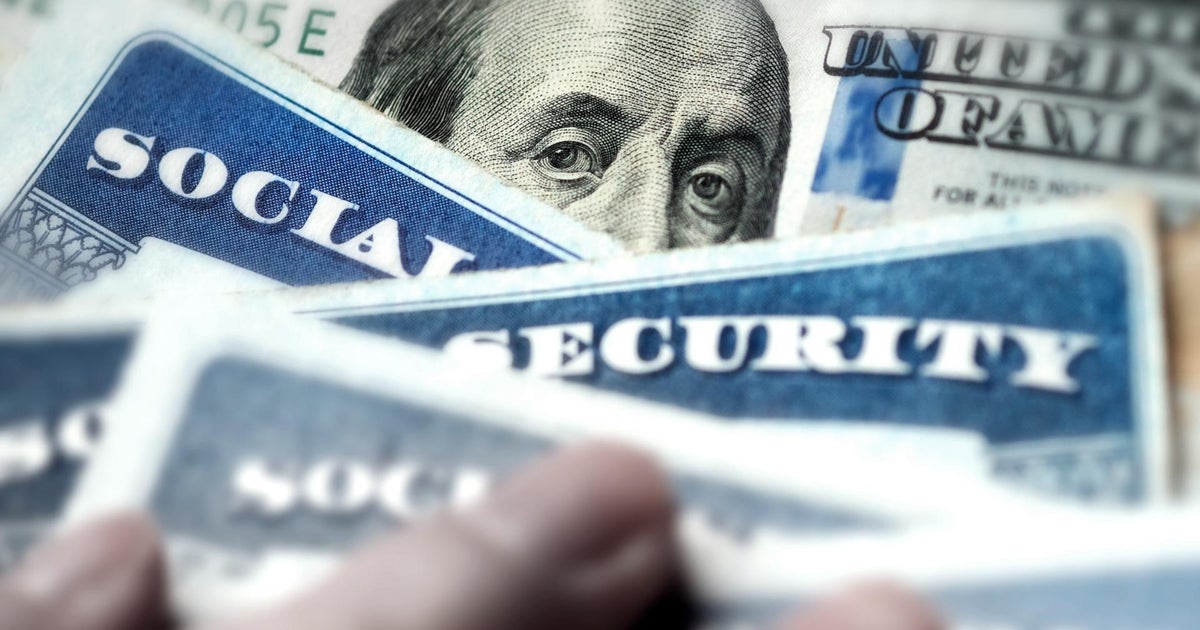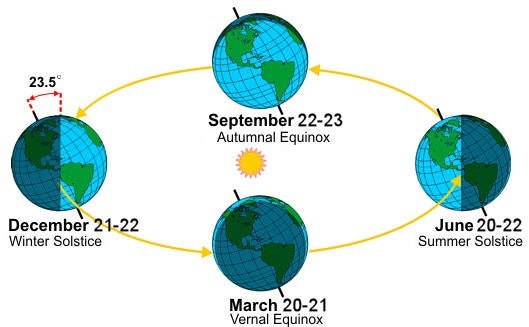CBS News
5 of the best ways to get a lower home equity loan rate now

Getty Images
If you’re a homeowner looking to tap into the equity you’ve built up in your home, now may be an excellent time to apply for a home equity loan. After all, thanks to issues with low supply and high demand, home prices grew rapidly over the last several years — and have continued to increase in most markets — giving many homeowners a hefty amount of equity to work with.
For example, the average homeowner has just under $200,000 in tappable home equity to borrow from, which can be used for any variety of purposes, from debt consolidation to purchasing a second home. And, when you take out a home equity loan, you won’t impact your current mortgage rate — you’re simply borrowing money with a second mortgage. That’s a great benefit to consider, especially if you secured a 3% mortgage rate (or lower) during the pandemic.
That said, it’s still important to try and get the lowest rate possible on your home equity loan. After all, home equity loan rates can vary significantly based on your credit profile, income, home equity levels and the lender’s underwriting criteria — so there could be a drastic difference between the rates you’re offered with different lenders. Below, we’ll detail what you need to know to lock in the best possible rate.
Compare the top home equity loan rates available to you now.
5 of the best ways to get a lower home equity loan rate now
The following tips may help you get a lower home equity loan rate right now:
Check your credit first
Your credit score is one of the main factors used to determine the home equity loan rate you qualify for. While each lender has unique loan approval requirements, borrowers with credit scores above 700 will generally get the lowest home equity loan rates, while those with scores below 620 will see much higher rates — if they can qualify at all.
Before applying, check all three of your credit reports — Experian, Equifax and TransUnion — and dispute any errors that could be dragging your score down. You’ll also want to pay down any revolving debt like credit cards to reduce your credit utilization ratio. Taking these and other steps to improve your credit score could save you thousands of dollars over the life of the loan.
Find out your best home equity loan options online today.
Compare quotes from at least three lenders
Home equity lenders set their own rates and underwriting standards, which is why you could see the same borrower being approved at rates that differ — often by over 1% or more — from lender to lender. To ensure you’re getting a truly competitive rate, get quotes from at least three different banks, credit unions and online lenders.
And, it’s worth noting that online lenders often have more lenient lending requirements and may qualify borrowers that get rejected by bigger banks — and may also offer lower rates to some borrowers. As you gather quotes, though, just be sure to compare the annual percentage rates (APRs), not just the quoted interest rate, to account for any lender fees or other charges that could be rolled in.
Consider a HELOC instead
Depending on your plans for the home equity funds, a home equity line of credit (HELOC) may be a better option than a traditional home equity loan. With a HELOC, you only pay interest on the amount you draw from the line of credit, as opposed to the full lump sum from a home equity loan.
HELOC rates are also variable, meaning that they can go up or down over time depending on the wider rate environment. Opting for this type of home equity borrowing in a normal rate climate could be a gamble, but given today’s high rates — and the expectations that rates will decline at some point this year — it could be a good option to consider. After all, if you utilize a HELOC at today’s rates and then rates fall in the future, you could end up paying a lot less in interest over time.
Wait for a lower loan-to-value ratio
Many lenders offer their lowest home equity rates to borrowers who are tapping into a small percentage of their home’s equity. For example, if your home is worth $400,000 and you want to borrow $100,000, your loan-to-value (LTV) ratio would be a very reasonable 25%. But if you need to borrow $300,000, your LTV ratio is 75%, which could mean a higher rate because there’s more risk to the lender.
If your LTV ratio is pushing past the 80% threshold and you want to borrow against your home’s equity, consider making a larger payment to reduce it. Or you may just want to wait a few months or a year to apply after your monthly mortgage payments further reduce your loan balance and increase your equity stake.
Ask about discounts
Be sure to also ask your prospective lender about any interest rate discounts they offer on home equity loans. For example, many lenders knock off 0.25% or 0.50% if you set up automatic payments from a bank account. You may also qualify for a rate discount if the lender you’re borrowing against your home equity with is the same lender that issued your primary mortgage.
You could also be eligible for a discount if you’re a member of certain groups. Current and former military members or first responders commonly get special home equity loan discounts, for instance. And even a small discount can add up to significant savings over the life of the home equity loan.
The bottom line
By taking these steps, you may not only increase your chances of qualifying with multiple lenders, but you could potentially get a lower rate on your home equity loan. And that can make a big difference over time. All it takes is a slightly lower rate — even a fraction of a percent — to save thousands of dollars in interest over the life of your loan, and that can make the effort well worth it when it comes to securing the best possible home equity loan rate.
CBS News
Social Security Fairness Act passes U.S. Senate

Legislation to expand Social Security benefits to millions of Americans passed the U.S. Senate early Saturday and is now headed to the desk of President Joe Biden, who is expected to sign the measure into law.
Senators voted 76-20 for the Social Security Fairness Act, which would eliminate two federal policies that prevent nearly 3 million people, including police officers, firefighters, postal workers, teachers and others with a public pension, from collecting their full Social Security benefits. The legislation has been decades in the making, as the Senate held its first hearings into the policies in 2003.
“The Senate finally corrects a 50-year mistake,” proclaimed Senate Majority Leader Chuck Schumer, a Democrat from New York, after senators approved the legislation at 12:15 a.m. Saturday.
The bill’s passage is “a monumental victory for millions of public service workers who have been denied the full benefits they’ve rightfully earned,” said Shannon Benton, executive director for the Senior Citizens League, which advocates for retirees and which has long pushed for the expansion of Social Security benefits. “This legislation finally restores fairness to the system and ensures the hard work of teachers, first responders and countless public employees is truly recognized.”
The vote came down to the wire, as the Senate looked to wrap up its current session. Senators rejected four amendments and a budgetary point of order late Friday night that would have derailed the measure, given the small window of time left to pass it.
Vice President-elect JD Vance of Ohio was among the 24 Republican senators to join 49 Democrats to advance the measure in an initial procedural vote that took place Wednesday.
“Social Security is a bedrock of our middle class. You pay into it for 40 quarters, you earned it, it should be there when you retire,” Ohio Senator Sherrod Brown, a Democrat who lost his seat in the November election, told the chamber ahead of Wednesday’s vote. “All these workers are asking for is for what they earned.”
What is the Social Security Fairness Act?
The Social Security Fairness Act would repeal two federal policies — the Windfall Elimination Provision (WEP) and the Government Pension Offset (GPO) — that reduce Social Security payments to nearly 3 million retirees.
That includes those who also collect pensions from state and federal jobs that aren’t covered by Social Security, including teachers, police officers and U.S. postal workers. The bill would also end a second provision that reduces Social Security benefits for those workers’ surviving spouses and family members. The WEP impacts about 2 million Social Security beneficiaries and the GPO nearly 800,000 retirees.
The measure, which passed the House in November, had 62 cosponsors when it was introduced in the Senate last year. Yet the bill’s bipartisan support eroded in recent days, with some Republican lawmakers voicing doubts due to its cost. According to the Congressional Budget Office, the proposed legislation would add a projected $195 billion to federal deficits over a decade.
Without Senate approval, the bill’s fate would have ended with the current session of Congress and would have needed to be re-introduced in the next Congress.
CBS News
12/20: CBS Evening News – CBS News

Watch CBS News
Be the first to know
Get browser notifications for breaking news, live events, and exclusive reporting.
CBS News
Saturday is the winter solstice and 2024’s shortest day. Here’s what to know about the official start of winter.

The 2024 winter solstice, the shortest day of the year, happens on Saturday, Dec. 21, in the Northern Hemisphere. The celestial event signifies the first day of winter, astronomically.
What is the winter solstice?
The winter solstice is the day each year that has the shortest period of daylight between sunrise and sunset, and therefore the longest night. It happens when the sun is directly above the Tropic of Capricorn, a line of latitude that circles the globe south of the equator, the National Weather Service explains.
The farther north you are, the shorter the day will be, and in the Arctic Circle, the sun won’t rise at all.
How is the day of the winter solstice determined?
The winter solstice occurs because of the Earth’s tilt as it rotates around the sun.
When the Northern Hemisphere tilts away from the sun, the nights last longer. The longest night happens on the solstice because the hemisphere is in its furthest position from the sun. That occurs each year on Dec. 21 or 22.
This year, it falls on Dec. 21 at 4:21 a.m ET, to be precise.
On the summer solstice, when the northern tilt is closest to the sun, we have the longest day, usually June 20 or 21.
National Weather Service
The solstices are not always exactly on the 21st every year because the earth’s rotation around the sun is 365.25 days, instead of 365 even.
Will days start getting longer after the winter solstice?
Yes. Each day after the solstice, we get one minute more of sunlight. It doesn’t sound like much, but after just two months, or around 60 days, we’ll be seeing about an hour more of sunlight.
When will winter officially be over in 2025?
The meteorological winter ends on March 20, 2025. Then, spring will last until June 20, when the summer solstice arrives.
How is the winter solstice celebrated around the world?
Nations and cultures around the world have celebrated the solstice since ancient times with varying rituals and traditions. The influence of those solstice traditions can still be seen in our celebrations of holidays like Christmas and Hanukkah, Britannica notes.
The ancient Roman Saturnalia festival celebrated the end of the planting season and has close ties with modern-day Christmas. It honored Saturn, the god of harvest and farming. The multiple-day affair had lots of food, games and celebrations. Presents were given to children and the poor, and slaves were allowed to stop working.
Gatherings are held every year at Stonehenge, a monumental circle of massive stones in England that dates back about 5,000 years. The origins of Stonehenge are shrouded in mystery, but it was built to align with the sun on solstice days.
Andrew Matthews/PA Images via Getty Images
The Hopi, a Native American tribe in the northern Arizona area, celebrate the winter solstice with dancing, purification and sometimes gift-giving. A sacred ritual known as the Soyal Ceremony marks the annual milestone.
In Peru, people honor the return of the sun god on the winter solstice. The ancient tradition would be to hold sacrificial ceremonies, but today, people hold mock sacrifices to celebrate. Because Peru is in the Southern Hemisphere, their winter solstice happens in June, when the Northern Hemisphere is marking its summer solstice.
Scandinavia celebrates St. Lucia’s Day, a festival of lights.
The “arrival of winter,” or Dong Zhi, is a Chinese festival where family gathers to celebrate the year so far. Traditional foods include tang yuan, sweet rice balls with a black sesame filling. It’s believed to have its origins in post-harvest celebrations.
Researchers stationed in in Antarctica even have their own traditions, which may include an icy plunge into the polar waters. They celebrate “midwinter” with festive meals, movies and sometimes homemade gifts.




